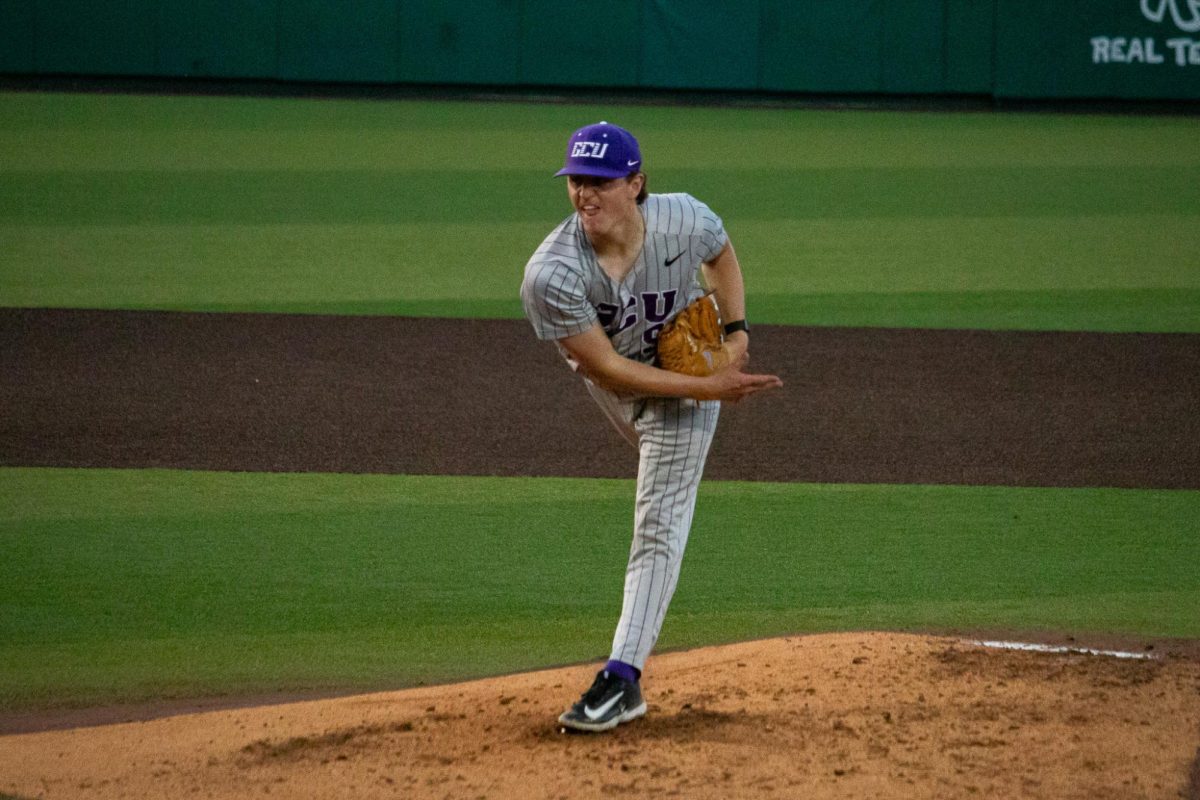The San Marcos Police Department (SMPD) will start an auto crimes unit after city council approved the acceptance of a $177,401 Motor Vehicle Crime Prevention Authority (MVCPA) grant.
The first round of grant funding will be used to hire an investigator to combat a rise in auto-related crimes in San Marcos. According to SMPD, there was a 50% rise in auto thefts in the first half of 2024.
“The detective will review all outstanding stolen vehicles, as well as contemporarily reported thefts and/or burglaries,” SMPD Chief Stan Standridge wrote in an email to The Star.
In an email to The Star, a city spokesperson said SMPD has already hired their auto crimes detective and that they are currently serving in that position.
At the Dec. 3 city council meeting, Standridge said SMPD could reapply for the MVCPA grant to receive additional funds as needed. Standridge said he foresees future grant funding being used to expand the unit.
Standridge said SMPD will have to decide whether to apply for additional MVCPA grant funding on a yearly basis.
“Each year, we will evaluate motor vehicle theft and all associated crimes. It is important to note that thefts from motor vehicles (commonly called car burglaries) contribute to the highest incidence of stolen firearms,” Standridge wrote. “These offenses present serious public safety concerns, so SMPD will evaluate all property crimes when assessing this grant annually.”
Approval of the grant funding faced opposition from Councilmember Amanda Rodriguez at the Dec. 3 meeting, who believes there are better uses for funds than an auto crimes unit and more funding should be spent on crime prevention education.
“In your grant application, you acknowledge that to stop burglaries, you point to the key being education,” Rodriguez said. “If we know that education, telling people ways to prevent their car from being stolen is shown to be effective at preventing, why is that almost the last thing we prioritize in this grant application.”
While Standridge acknowledged that education plays a role in crime prevention, he argued that SMPD can not effectively educate individuals who live outside of San Marcos but travel into the city.
“Not all suspects who are perpetrating these crimes are San Marcos residents,” Standridge said. “We can educate all we want at a local level, but as long as offenders come from outside of Hays County into San Marcos, to perpetrate crime, we will always have crime.”
According to Rodriguez, SMPD’s grant application stated the number of people in San Marcos can fluctuate from 70,000 residents to over 150,000 people during the day.
Rodriguez also questioned whether the rise in auto thefts was enough to warrant the creation of a new SMPD unit.
“I wanted to know per capita, is this as big of an issue as we are making it,” Rodriguez said. “Per 1,000 people [live in San Marcos] that’s only 2.24 stolen vehicles.”
According to an email from SMPD, between Jan. 1 and Aug. 13, there were 199 vehicles stolen in San Marcos. According to an email from the Hays County Sheriff’s Office, they have reported 123 cars stolen from Jan. 1 to Dec. 13. This means that SMPD received more reports of stolen cars in the first eight months of the year than the sheriff’s office did in nearly the entire year.
According to Hays County Sheriff Lt. Clint Pulpan, the difference is because the parts of the county policed by the sheriff’s office have not seen the same rise in auto thefts as San Marcos.
“I don’t know that there’s any out of out of the ordinary rise. I mean, the stuff peaks and it goes up and down,” Pulpan said. “I don’t know that there’s any kind of steady, anything out of the ordinary.”
Pulpan said that the difference could be as simple as the difference in population density between the jurisdiction of the sheriff’s office and San Marcos.
“Larger population areas are gonna have just statistically, more criminals, because there’s more people there, like San Marcos is going to have more criminals than Dripping Springs generally for criminal offenses, because there’s just more people there,” Pulpan said.
Along with the creation of an auto crime unit, the grant also funded the purchase of nine license plate reading cameras. According to an email from a city spokesperson, the cameras have been purchased, but they did not give a timeline for installation.




















